Larry Printz: Chrysler at 100: Does it have a future?
Published in Business News
Maybe you didn’t notice, but Chrysler celebrated its centennial last month.
Of course, unless you’re considering the purchase of a 2025 Chrysler Voyager or Pacifica minivan, you probably haven’t thought about the brand much. In 2024, Chrysler sold 124,684 units, consisting of Pacifica and Voyager minivans alongside a handful of leftover 300 sedans, now out of production. That’s an 80.8 percent decline from the 649,293 units the brand sold in 2005, with a lineup that included the Concorde, Crossfire, PT Cruiser, Sebring, 300, Pacifica and Town & Country.
“There are plenty of people who remember the Chrysler 300 fondly. Unfortunately, when they go to the dealership, there's only a family hauler sitting in the showroom. It's needs a rebirth. It needs a shock to the system in order for somebody, anybody, to realize that it still exists,” says Sam Fiorani, vice president of global vehicle forecasting at AutoForecast Solutions LLC. “Consumers do not see Chrysler as anything but a minivan.”
And that’s understandable. Under Chrysler Corp.’s then-CEO Lee Iacocca, the company created the minivan out of the steaming loins of the humble K-Car in 1983, forever changing the suburban landscape. Today, that’s all that remains of the brand in dealer showrooms. The thought is not lost on Stellantis, Chrysler’s parent company. “If you think about the last 50 years, it went from a luxury brand, to an upscale mainstream brand, to a mainstream brand, to a minivan brand,” Fiorani said. “It has fallen dramatically.”
Indeed, the brand and corporation that once was the foundation of Detroit’s Big Three is now little more than a marketing footnote. The first Chrysler car was introduced in 1924 by Maxwell Motor Company where Walter Chrysler was Chairman of the Board. He reorganized the automaker as the Chrysler Corporation in June 1925, launching as a mid-priced brand, one that would march upmarket.
One-hundred years later, Chrysler is a question mark.
To prove its viability, Chrysler displayed the finest products it has built to the media, from the 1924 Chrysler Six through to the 2005 Chrysler 300 SRT-8. Also on hand was its future vision, the 2024 Chrysler Halcyon.
“The Halcyon represents the future of the Chrysler brand,” said Ralph Gilles, chief design officer for the Chrysler, Dodge, Jeep, Ram, Maserati and Fiat. “We've been just going nuts looking at concepts, because there's something about the Chrysler brand that none of our other brands can do.”
But Gilles realizes that Chrysler can’t take its existence for granted.
“We don't have the right to compete just because we've been around 100 years. There's a whole new generation of car buyers that know nothing about us. They've been busy on their phones all their lives, and now they're coming up to car purchasing. It's time to kick the tires and look around and to them, we have a fresh start. So I think a new buyer is born every minute, and a new buyer is coming of age every minute. We're looking for that perfect white space, segment-bridging vehicle. We don't want to just jump into a segment that's full of piranhas. We want to find our own space like we've done before.”
Gilles and other Chrysler executives insist that there will be new Chryslers, especially since the appointment of Antonio Filosa as Stellantis' new CEO in June. The 25-year veteran of the company knows what’s needed, having served as Stellantis' COO for the Americas. “I’ve known Antonio for many years. We've worked together a long time,” Gilles said. “He knows and understands the value of new product, not letting the showroom age. He's a big fan of keeping it fresh. And he's passionate, and that’s the best part I like about him.”
Still, given that there's been so much visual change during Chrysler’s history, it lacks identifiable design cues that typify a Chrysler. While this gives the brand’s designers a lot of freedom to explore fresh directions, they must still please existing customers. It’s a notion that isn't lost on Gilles, who made his reputation designing the 2005 Chrysler 300, a muscle-bound linebacker in a Brooks Brothers suit. It’s a car that has become the brand’s most iconic vehicle, and it still resonates with Chrysler aficionados. “There's many people that had one. They're alive and kicking, and they would love to have another one. That's not lost on us. So I think we have a lot of soul searching to do as a company.”
Still, the company acknowledges there are three new Chryslers in development, including a redesigned Pacifica minivan, an unnamed crossover, and a third vehicle still being developed. Nevertheless, one thing seems assured. While Chrysler’s future comes from the dashboard glow of software updates rather than an oil temperature gauge, somewhere, there’s a ghost in its algorithms. It’s 1925, and Walter’s still riding shotgun.
©2025 Tribune Content Agency, LLC
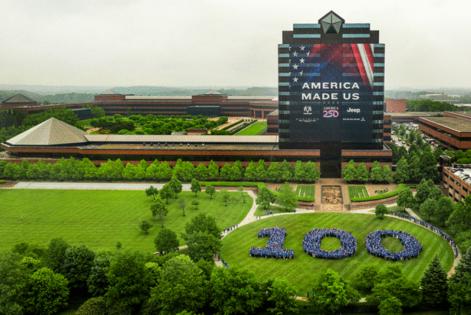


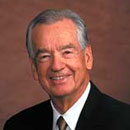

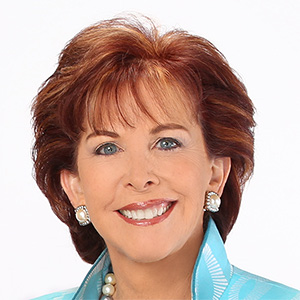
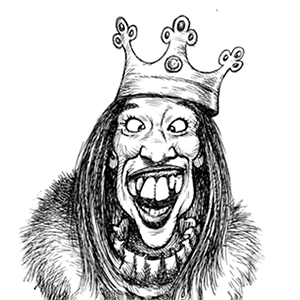



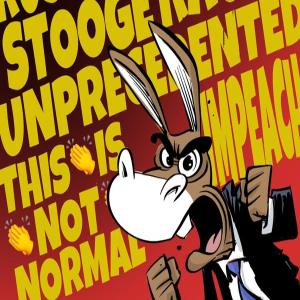
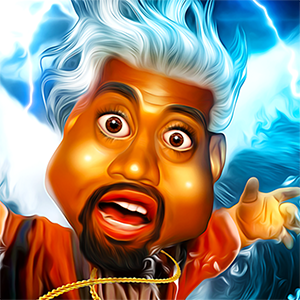
Comments